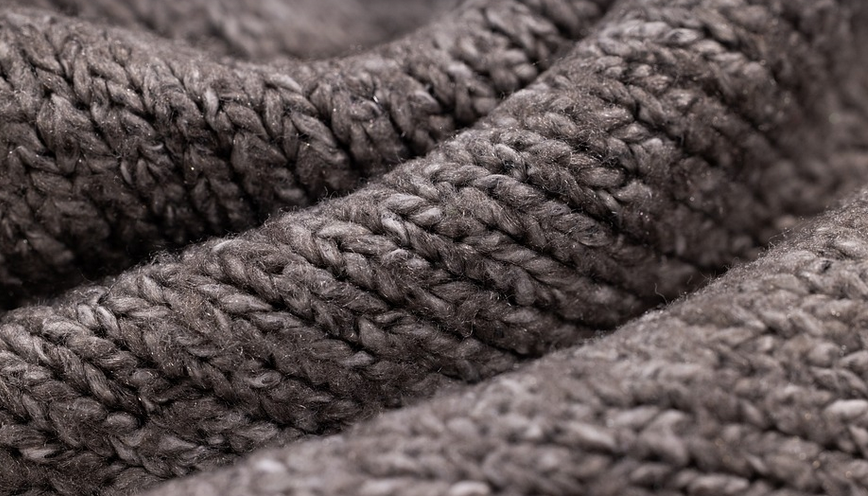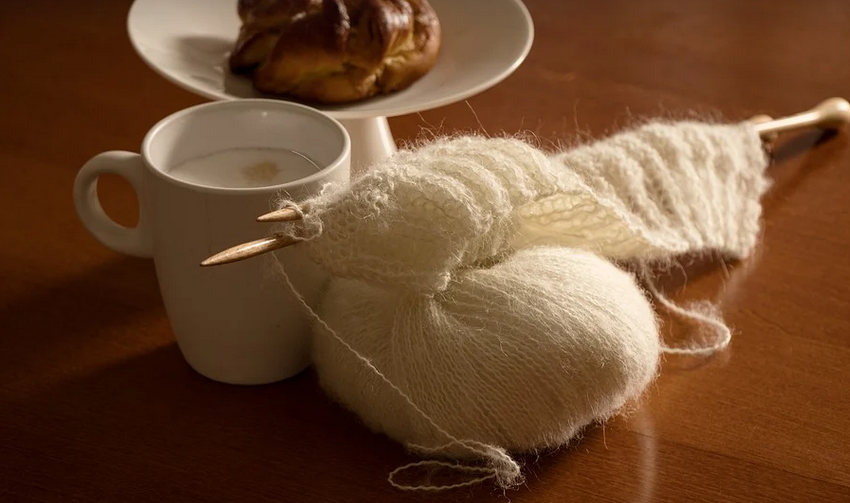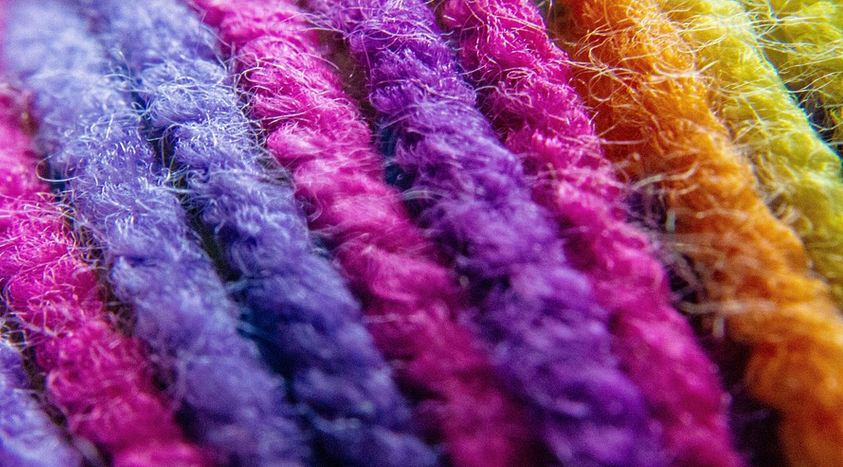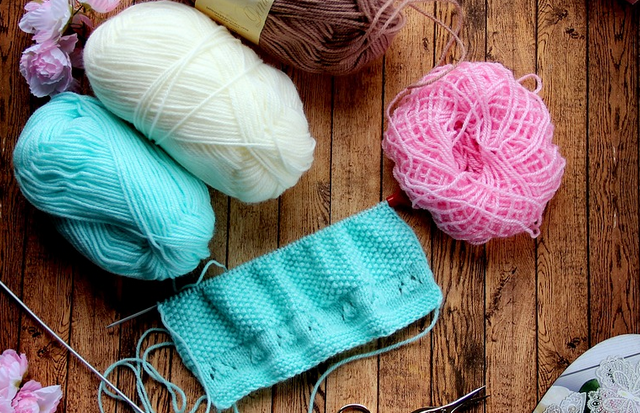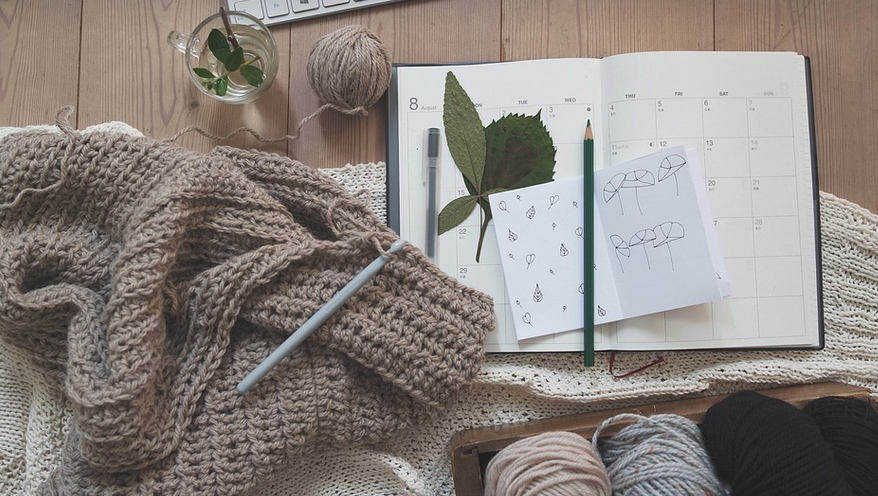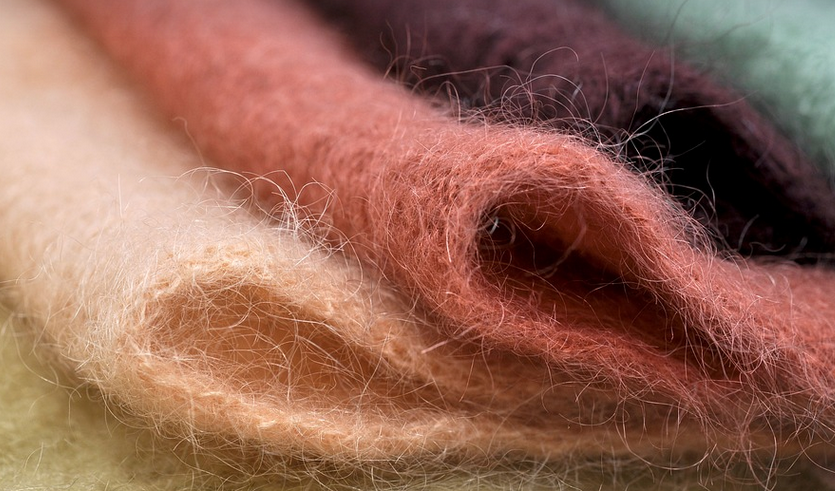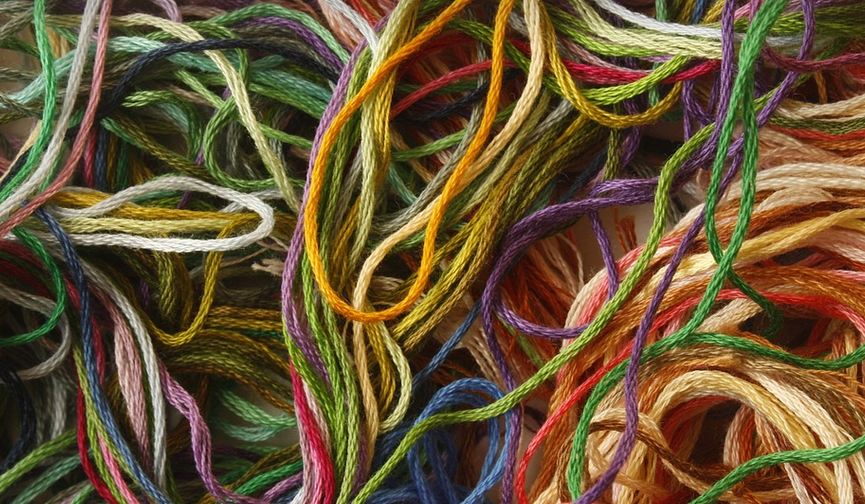
The journey of a potato sack starts with its very foundation: the fabric itself. You see, the most common type of potato sack is made from woven cotton or linen.
Cotton is known for its soft texture and absorbent properties, making it ideal for packaging delicate items like potatoes. It also offers good breathability, allowing air to circulate around the potatoes inside and preventing mold growth. However, cotton can be prone to tearing if used improperly or exposed to rough handling.
Linen on the other hand is known for its durability and resistance to water and mildew. Its coarser weave makes it slightly heavier than cotton but provides superior protection against moisture and damage in storage.
But why not just use one material? The answer lies in the blend itself: a combination of cotton or linen with jute, a strong, natural fiber obtained from the stems of the jute plant, is widely used to make potato sacks.
Jute’s most notable qualities are its strength and resilience. It can withstand heavy weight loads and rough handling, making it perfect for transporting potatoes over long distances.
This combination offers a balance between durability, flexibility, and breathability. The jute strengthens the fabric while the cotton or linen allows for easier folding and storage.
But wait, there’s more! The journey doesn’t end here. Each potato sack goes through several stages of preparation before reaching your local market:
First, the fabric is cleaned and prepped to remove any loose threads or debris. This ensures a smooth finish for the final product.
Then, the fabric is woven into a specific pattern using specialized looms to create the iconic sack shape.
The weaving process itself contributes to the strength of the bag. The tighter weave in areas that will bear pressure, like the bottom and side seams, ensures durability against punctures or tearing.
Finally, the sacks are treated with a natural wax solution to make them weather-resistant. This protects the fabric from moisture and UV damage, ensuring extended storage lifespan for your potatoes.
A final touch: many potato sacks also have handles on the top or sides for easier carrying and transporting. These additions enhance usability and practicality, making the sack a vital tool for farmers and consumers alike.
# The Evolution of Potato Sacks – A Story in Construction
The evolution of potato sack construction is fascinating. It’s a tale interwoven with historical innovation and technological advancements. While the basic structure has remained consistent for centuries, the materials used have gone through significant transformation.
Early potato sacks were often made from simple jute fabric, stitched together using rudimentary techniques. These early forms were sturdy but less visually appealing than modern versions.
Over time, however, advancements in weaving technology led to more intricate and durable designs. The introduction of cotton or linen fibers, combined with the ability to weave smoother, tighter patterns, allowed for lighter yet stronger sacks that could withstand rough handling and transport over longer distances.
Innovating on these traditional structures also brought about changes in the overall design of potato sacks.
Today’s potato sacks are known for their iconic shape: sturdy, rectangular bags with handles at strategic points for easy carrying. The use of jute provides strength and resilience, while cotton or linen offers breathability and softness to protect delicate items inside.
With the modern agricultural boom, we see a shift from traditional methods to more standardized production techniques. Modern factories are equipped with advanced machinery that can weave potato sacks at high speeds, resulting in consistent quality and uniform designs across various producers.
But even in this age of automation, the core principles of using strong, durable materials remain the same. Modern advancements have only fine-tuned the construction process, further enhancing the effectiveness and longevity of these versatile bags.
# The Future of Potato Sacks – A Sustainable Vision
Looking to the future of potato sacks, we see a continued focus on sustainability and environmental responsibility. As awareness of climate change and resource management grows, so does the need for eco-conscious solutions in packaging materials.
The future of potato sacks also lies in their adaptability. The versatility of these bags allows them to be utilized not only for transporting potatoes but also for a wide range of other products: grains, seeds, or even cleaning supplies.
As technology evolves, we might witness the emergence of more sustainable and bio-based manufacturing techniques to create potato sacks. Researchers are constantly exploring the potential of plant-based fibers for packaging and biodegradable materials that break down naturally after use.
The promise of innovation lies in finding new ways to utilize existing resources while minimizing our environmental impact.
Finally, as we grow increasingly aware of food waste, potato sacks can take on another key role – food storage. With proper insulation and ventilation, these bags can keep produce fresh for longer periods, reducing spoilage and promoting sustainable consumption practices.
